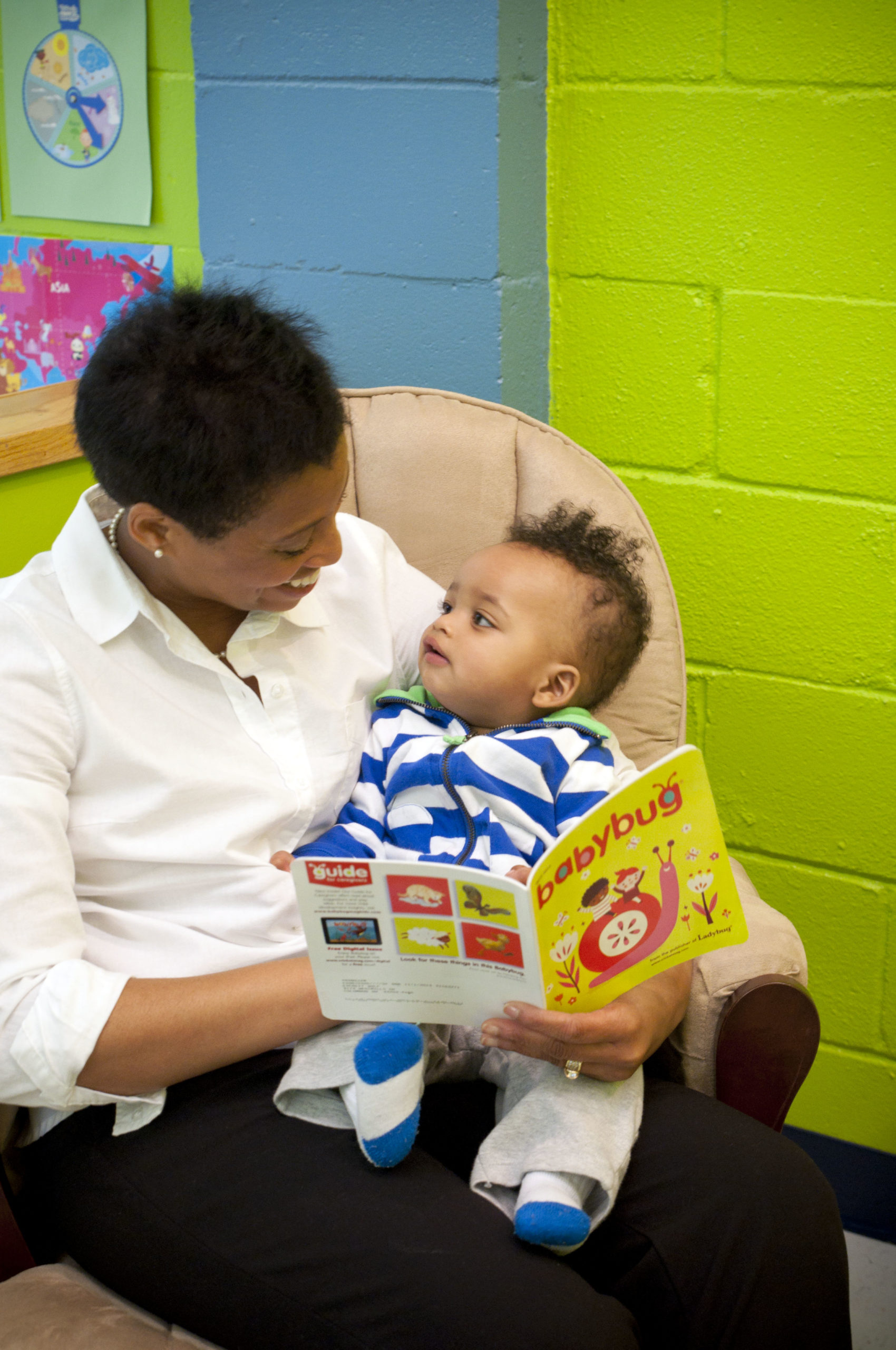Being a parent can be really difficult sometimes. You have to meet the physical needs of your children, help them develop emotional health, teach them social skills, and keep up with academic learning. Don’t forget meeting the demands of work and housekeeping, and maybe enjoying a minute to yourself once in a while!
All of this pressure can lead to guilt and anxiety about the choices you face. This pressure is particularly strong on parents during the first year of a child’s life. Breastmilk or formula? Babywearing or stroller? Cosleeping, sibling room sharing, or separate rooms? Go back to work or be a stay-at-home parent? Organic or conventional baby food?
WE JUST WANT TO REMIND YOU THAT YOU ARE DOING A GREAT JOB.
Secure attachment is an important, but often misunderstood, parenting principle. The misinterpretation of secure attachment can lead to a lot of parenting guilt, so we would like to bust a few myths about attachment.
Myth #1: Secure attachment requires constant physical contact between parent and child.
While loving touch is comforting to both parents and children, you do not have to carry or wear your baby all the time in order to develop secure attachment. Nonverbal communication and indirect physical interaction through eye contact, facial expressions, tone of voice, and body language can all help create a secure attachment bond.
Myth #2: Secure attachment requires parents to meet their child’s needs immediately and perfectly.
Not only is this myth untrue, it is also impossible! The foundation of secure attachment is responsiveness. This does not mean you must drop everything you are doing the instant your baby cries or give your child everything he or she asks for. Recognizing their cues and acknowledging their needs is just as powerful in creating a secure attachment bond. As children get older, an important part of secure attachment is their trust that parents and caregivers will come back if they go away for a period.
Myth #3: Secure attachment requires focusing solely on the child.
A parent’s well-being (or lack thereof) can have a strong effect on attachment. If you are stressed, depressed or overwhelmed, you may not be able to provide as much emotional responsiveness for your child. So it is important to make sure your own needs for food, rest, and self-care are met!
Myth #4: If my child is securely attached, they will always be happy and never cry.
Before the development of verbal skills, which is itself an extended process, infants only have a few ways of communicating. Babies cry when they are tired, hungry, or uncomfortable because that is the only way they know how to communicate that they need something. (They may not even know what their needs are!) Securely attached children will feel comfortable expressing their needs and emotions. Insecurely attached children may actually become quiet and withdrawn because they have learn that their needs are not met even if they cry.
Myth #5: If I can’t always read my baby’s signs and cues, they must not be securely attached.
Parents may think that a fussy baby must mean that they have done something wrong. Every child’s temperament is different, and the reality is that some babies are more irritable or sensitive than others. This doesn’t mean that they won’t grow up to well-adjusted adults. As long as you do your best to sense any disconnect in attachment and attempt a repair, the attachment bond will stay strong and may even grow deeper as a result.
For more information on how to create a secure attachment bond with children of all ages, click here.
At Sprout Early Education Center, we support all of our families equally, and we want our parents to be able to break free from guilt! Please don’t hesitate to ask your chlid’s teacher for help. You are all family to us and we want to provide any encouragement or support you need throughout the parenting journey.


